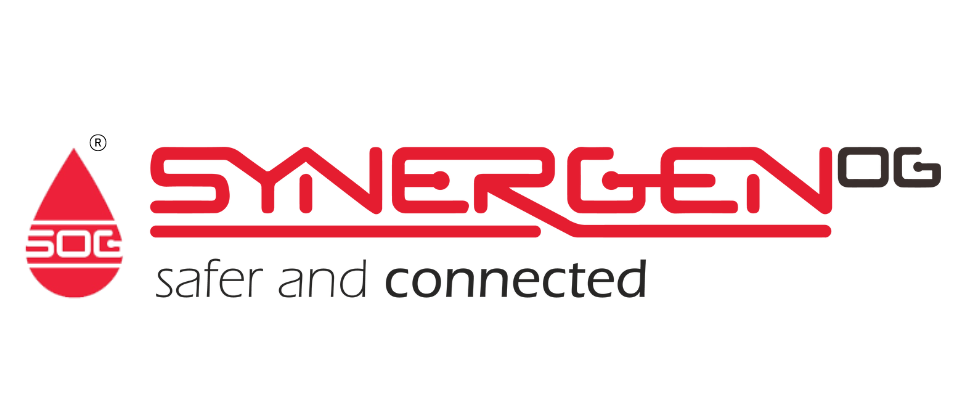I believe the Chief Marketing Officer’s (CMO’s) role can also be referred to as Chief Inspiration Officer, as they need to inspire new thoughts and ideas.
In my professional experience, having once been appointed Sales and Marketing Manager in a global start-up company, having two roles in one can be effective. Given budget constraints, merging two roles can be more economical. Separate sales and marketing roles are also harder to define in organisations of a smaller scale.
Nevertheless, in my opinion, it seems that most SMEs in our region have one individual wearing both marketing and sales hats. Perhaps, in the current business and economic landscape, with stricter budget cuts, multiple roles incorporated into one will be the new norm.
In my previous article on the ‘New Marketing Playbook for an Evolving Era‘, I mentioned that the role and skills of a Chief Marketing Officer or CMO has expanded deep into the digital realm.
Knowledge and understanding of data analytics, customer journey maps, customer personalisation, empathetic messaging, and experiential learning are essential to fulfil customer needs, and address complaints. CMOs are expected to bridge the gap between a customer’s needs and expectations. We are required to know what the customer needs even when they may not know it themselves.
At a leadership level, we are entrusted to manage recovery and crisis and yet look for potential areas to grow.
Despite the challenges of the new norm, we should be optimistic and remember that behind every crisis, there is an opportunity. Disruption will lead to new opportunities. There are three sides to a coin – heads, tails and the edge. I prefer to be at the edge, looking at everything objectively. I believe, sitting on any one side, is like enjoying the sunshine but forgetting the charming moonlight.
Agility, lean management, and design thinking are all tools to spur innovation and growth. I believe in the motto: ‘Fail fast, fail cheap, take action, get feedback.’
Service companies have ventured into product distribution, using their inherent expertise in using such products. I know of a company involved in Maintenance Management Software. They subsequently developed the software to meet with customised requirements – both industry and client-specific, at a fraction of a cost. Additional add-ons will be a feature in future, but at the present moment what is needed is software that gets the work done at a reasonable price.
The capability and need to innovate and scale, to retain current customers, and capture new ones are essential. There is also a need to look at a new customer base – innovators and early adopters. Businesses need to zoom-in and zoom-out periodically to access new market and consumer demands.
Forming cross-functional teams within an organisation in order to assess evolving demands, with representatives from outsourcing partners, can provide an impetus to varied thinking and unseen possibilities.
Marketing budgets and resources are limited in today’s environment. Looking into integrating certain support services and outsourcing selected initiatives based on resources and the go-to-market lag time, can be beneficial. This will invariably give businesses time to focus on the more critical task of planning and forward-thinking.
Satellite teams working in tandem, supported by the mothership, provide resources, clear strategy and feedback. Our mindset must change. As Einstein put it; ‘we can’t solve our problems with the same thinking we used when we created them.’
All CMOs mustn’t succumb to the pressure of becoming blinded-sided by their team’s needs and requirements in achieving the company’s goals, more so, during these turbulent times. Everyone is affected in one way or another. Self-awareness or mindfulness and self-regulation of our behaviour, are critical traits in any leader. No man is an island, and our team’s performance reflects our leadership capability and values. While it is essential to look at the customer as the focal point, our method has to be one that views our teams as pivotal in achieving our goals.
Technology, consumer behaviour and connectivity have disrupted and impacted current and future marketing activities. CMOs must reassess and redefine their roles to adapt to the new challenges and capture growth opportunities. There is no one playbook to follow. Still, the amalgamation of new and old tools and resources is pivotal for success.
Sources:
‘Five opportunities for CMOs in a pandemic-impacted world. Marketing was already at a defining moment, but COVID-19 has hastened the need for transformation,’ by Samrat Sharma, John Rolston, and Tom Birtwhistle; November 17 2020
‘Don’t Get Blindsided by Your Blind Spots’ by Amy C. Edmondson and Aaron W. Dimmock; November 05, 2020
Kadam Balan is a thought leader who believes in agility and evolving with the times. He consistently works to improve efficiency and strategy to steer his invested companies towards redefining its businesses, not forsaking core values, and always keeping the customer’s need at point of discussion.

